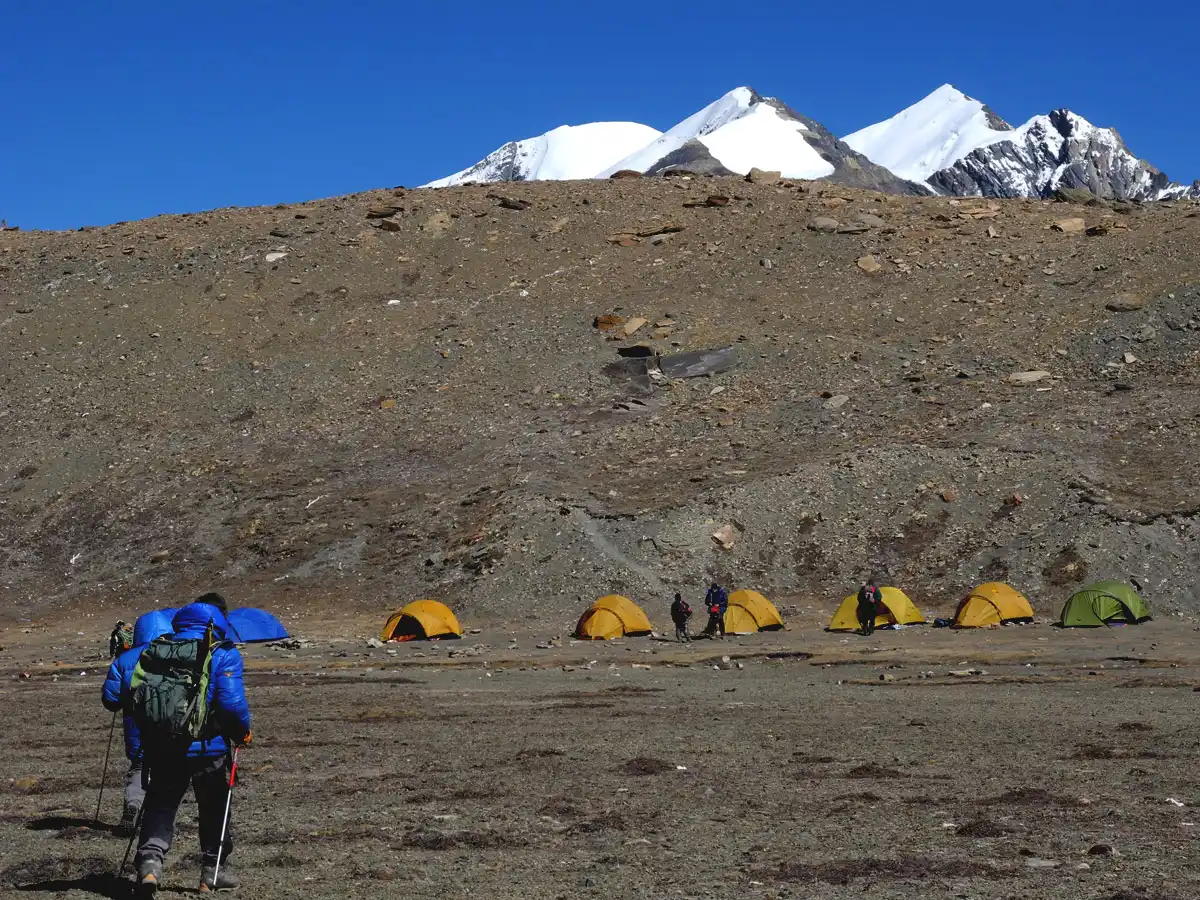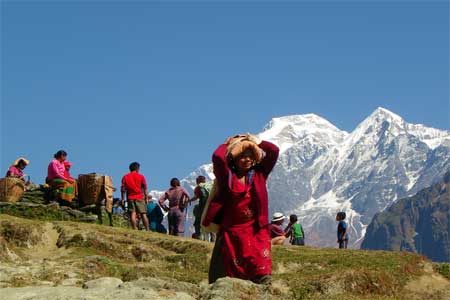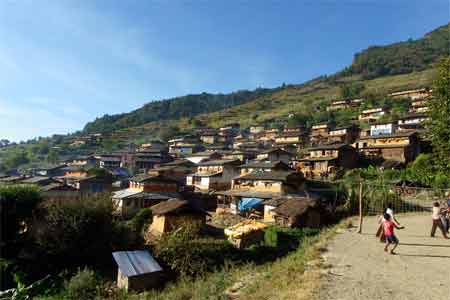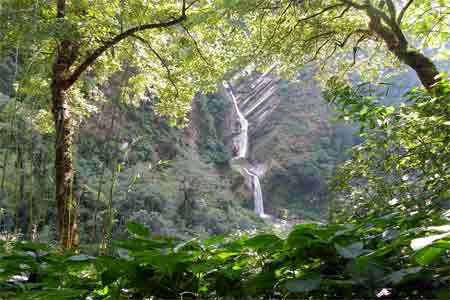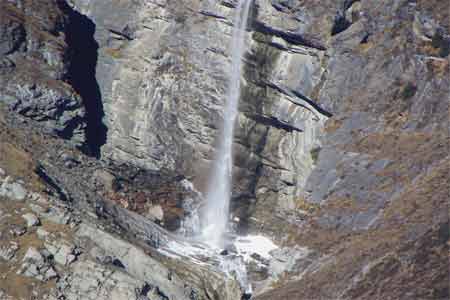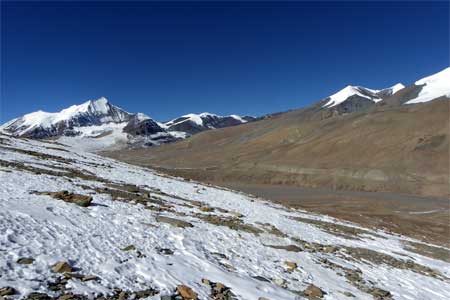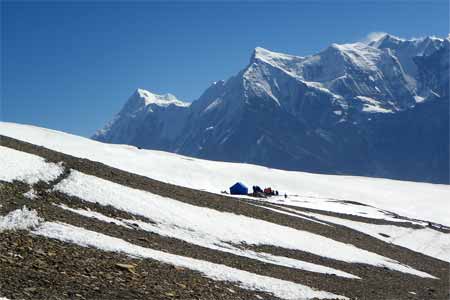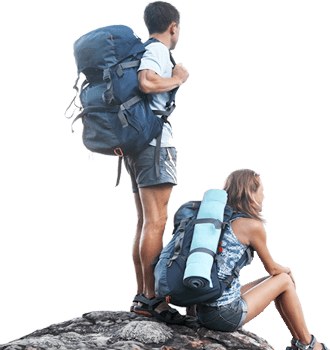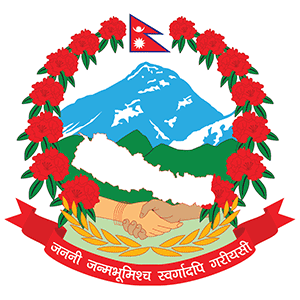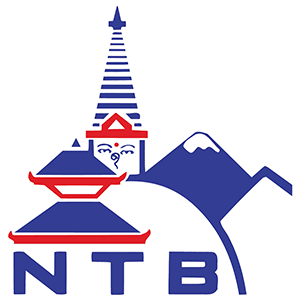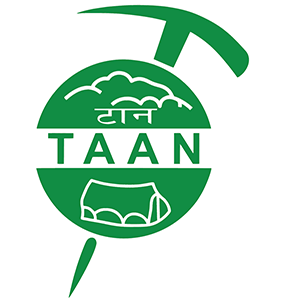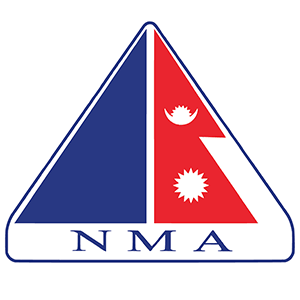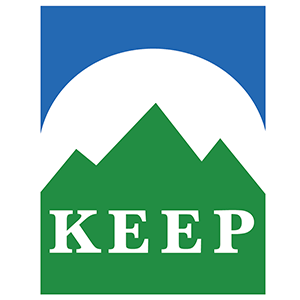When you arrive at the airport, our company representative will greet you warmly and ensure a smooth transfer to the hotel. At the hotel, you will have the opportunity to meet our team. We plan to hold a pre-trek briefing in the evening, between 6:00 and 7:00 p.m. This gathering is an excellent opportunity to become acquainted with the other members of your group before we all proceed to enjoy a delicious dinner. During the welcome dinner, you will be able to taste authentic Nepalese cuisine and watch captivating cultural dance performances, immersing you in Nepal's rich cultural traditions.
Transfer: 30-45 min | Accommodation: Hotel | Meal: Welcome Dinner- Nepal Adventure Trekking & Tour Operator

